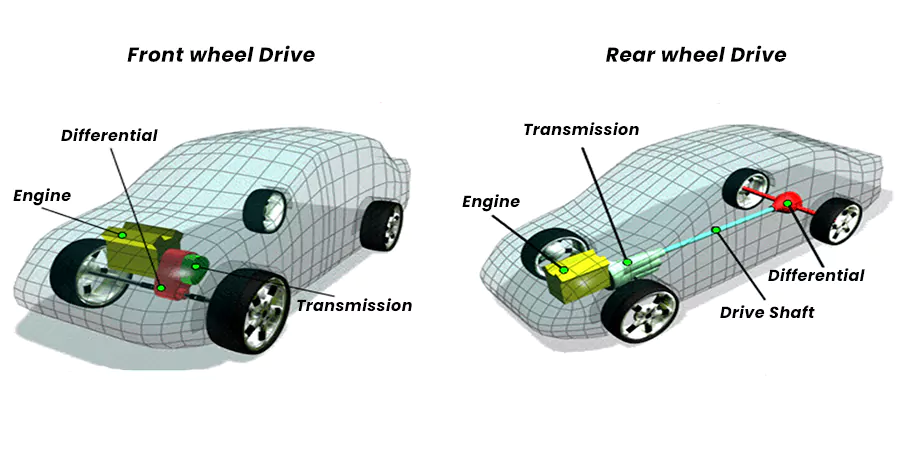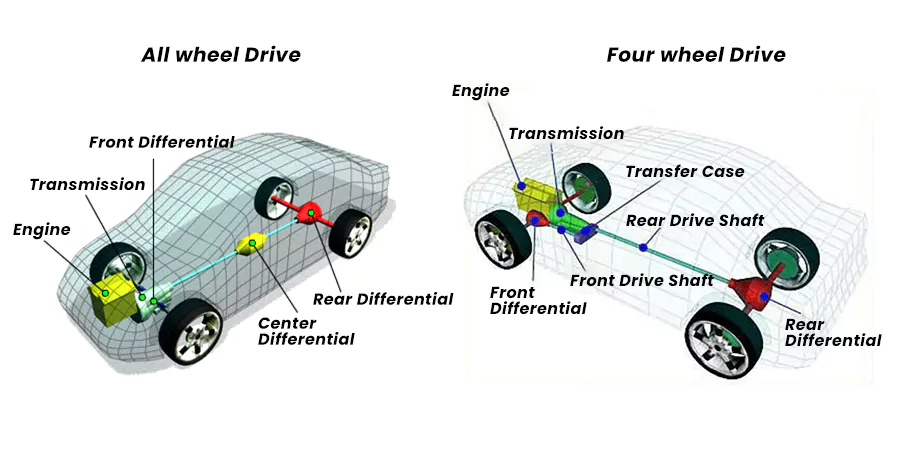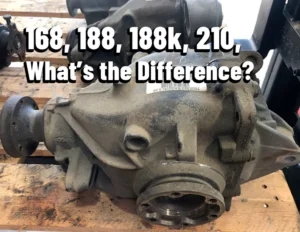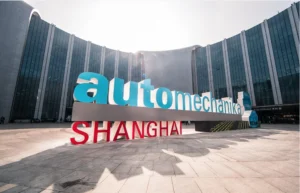To fully understand limited-slip differentials (LSDs), it is essential to first grasp the basics of vehicle drive systems and how differentials function within these systems. Vehicles can be categorized into four types based on their drive systems: front-wheel drive, rear-wheel drive, four-wheel drive, and all-wheel drive. Let’s explore these systems one by one to build a solid foundation before diving into LSDs.
Vehicle Drive Systems
Front-Wheel Drive (FWD)
In a front-wheel-drive system, the engine powers the front wheels only. This setup includes a single differential located at the front of the vehicle. This design is common in many compact and midsize cars because it offers better traction while climbing hills and improves fuel efficiency.

Rear-Wheel Drive (RWD)
Rear-wheel drive means the engine powers the rear wheels. The differential is positioned at the rear of the vehicle. RWD systems are typically found in sports cars and trucks because they provide better weight distribution and handling dynamics.
Four-Wheel Drive (4WD)
Four-wheel drive, often referred to as 4×4, can supply power to all four wheels simultaneously. It can be switched between two-wheel drive and four-wheel drive, usually through a lever or a button. In 4WD mode, power is distributed equally between the front and rear wheels via a transfer case, which contains an additional differential.

All-Wheel Drive (AWD)
All-wheel drive systems deliver power to all four wheels continuously and automatically adjust the power distribution based on traction needs. Unlike 4WD systems, AWD systems do not require driver intervention. AWD vehicles have differentials at both the front and rear, and a central differential to manage power distribution.
Understanding the Differential
A differential is a gear assembly that transmits engine power to the wheels while allowing them to rotate at different speeds, which is crucial during cornering. When a vehicle turns, the outer wheels need to travel a longer distance than the inner wheels. Without a differential, the wheels would rotate at the same speed, causing the inner wheel to slip, leading to tire wear and handling issues.
The differential ensures that the wheels can rotate at different speeds, providing smoother and safer turns. In a rear-wheel-drive vehicle, for example, the differential is located on the rear axle. It consists of a set of gears, including a ring gear, pinion gear, spider gears, and side gears.
Working Principle of a Differential
In a differential, power from the gearbox is transferred to the propeller shaft, which then drives the ring gear. The ring gear rotates the differential case, which houses the spider gears and sun gears. When the vehicle is moving straight, the differential case and gears rotate as a unit, transferring equal power to both wheels. However, when the vehicle turns, the spider gears allow the wheels to rotate at different speeds, with the outer wheel turning faster than the inner wheel.
A significant drawback of a differential is its performance on slippery surfaces. When one wheel loses traction, such as on mud or ice, the differential sends more power to the wheel with less grip, causing it to spin freely while the other wheel remains stationary. This can leave the vehicle stuck and unable to move.
How a Limited-Slip Differential Works
To overcome the limitations of differentials, automakers developed the Torsen limited-slip differential (LSD). A Torsen LSD uses a unique gear mechanism to distribute power more effectively and enhance traction.
A Torsen limited-slip differential employs a set of helical gears to manage power distribution. Unlike clutch-based LSDs, the Torsen LSD uses the friction generated by the meshing gears to limit the difference in rotational speed between the two output shafts. When one wheel loses traction, the helical gears engage, ensuring that both wheels receive power. This prevents one wheel from spinning excessively while the other remains motionless, allowing the vehicle to maintain traction and move forward.
Conclusion
Limited-slip differentials offer a significant advantage over simple differentials by improving traction and stability, particularly in low-traction conditions. Understanding the various drive systems and the function of differentials is crucial for appreciating the benefits of LSDs. Whether you are navigating a muddy trail or taking a sharp corner, an LSD can enhance your driving experience by providing better control and performance.



